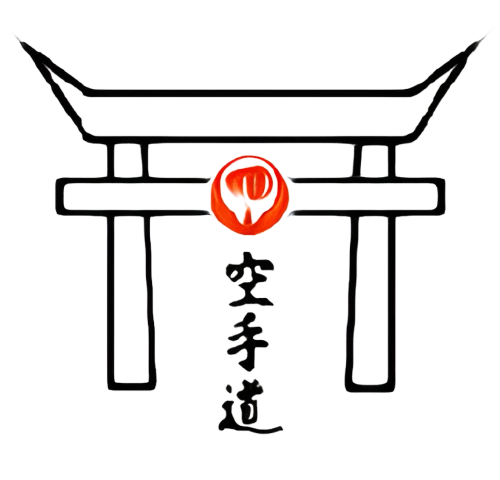In this article, we’ll explore the different names and variations of Kata across various styles of Karate. We’ll also look at the benefits of practicing Kata and how to choose the right one for you.
Why the name doesn’t matter
Kata may have different names across different styles, but what really counts is the essence of the form and the benefits it provides. Whether you’re practicing Wanshu in Wado Ryu or Enpi in Shotokan, the movements are still designed both for self-defense and to improve your physical and mental well-being.
When cross training is a possibility and you’re choosing a Kata to practice, focus on the movements that feel natural and enjoyable to you. Don’t get too hung up on the name or style – it’s all about finding what works best for you.
Let’s look at two popular Karate styles as an example:
Shotokan and Shito Ryu
Shotokan is one of the most popular styles of Karate, and it has its own unique variations of Kata. For example, Wanshu is known as Enpi in Shotokan, and Wankan is also called Matsukaze in Shito Ryu.
Despite the different names, either the movements of these Kata, or the general ideas behind them, are still similar across different styles. Shotokan practitioners may even find it beneficial to cross-train with other styles and learn new variations of their favourite Kata!
Shito Ryu is another popular style of Karate, and it has probably the most expansive Kata list in all of Karate with about 100 different forms! One example is Seienchin, which emphasizes circular movements and breathing techniques.
Kata plays a significant role in Shito Ryu’s training philosophy, as it allows practitioners to internalize techniques and develop a deeper understanding of Karate principles.
Despite the differences between styles, there are many shared Kata across different styles of Karate. For example, the Kata series known as Pinan in Wado Ryu and Shito Ryu is called Heian in Shotokan.
By learning Kata from different styles, practitioners can expand their knowledge and skills and gain a deeper appreciation for the art of Karate.
How to master a Kata
Learning a new Kata can be challenging, but with dedication and practice, it’s possible to master even the most complex forms. We can’t ignore the applications, so Bunkai has to go hand in hand with solo forms! When talking about the solo forms though, the first step is to break down the movements and practice them individually. This helps to build muscle memory and improve technique.
Once you have a solid understanding of the individual movements, it’s time to put them together into a cohesive form. Practice the Kata slowly and with intention, focusing on precise movements and proper form.
Don’t be afraid to ask for feedback and guidance from your instructor or fellow practitioners. They can offer valuable insights and help you identify areas for improvement.
Conclusion
The world of Kata may be complex and varied, but what really counts is the benefits it provides for both physical and mental well-being. Whether you’re practicing Wanshu or Enpi, the movements are ultimately designed to help you defend yourself and become a better Karate practitioner and person.
So don’t get too caught up in the names and variations of Kata – focus on the essence of the form and the benefits it provides. With dedication and practice, you can master any Kata and take your Karate skills to the next level.
FAQs:
How many Kata are there in total?
There are hundreds of Kata across different styles of Karate, each with its own unique movements and principles.
Can you learn multiple Kata at once?
Yes, it’s possible to learn and practice multiple Kata at once. However, it’s important to focus on mastering one form at a time before moving on to the next.
Do different styles of Karate have different training philosophies?
Yes, different styles of Karate may have different training philosophies and approaches to Kata. It’s important to choose a style that resonates with you and aligns with your goals.
How do you choose the right Kata for you?
Choose a Kata that feels natural and enjoyable to you. Consider your level of experience and skill, as well as your goals for practicing Karate.
What is the most difficult Kata to master?
The most difficult Kata to master varies depending on the individual practitioner and their level of experience. Some examples of challenging Kata include Kururunfa and Unsu.

